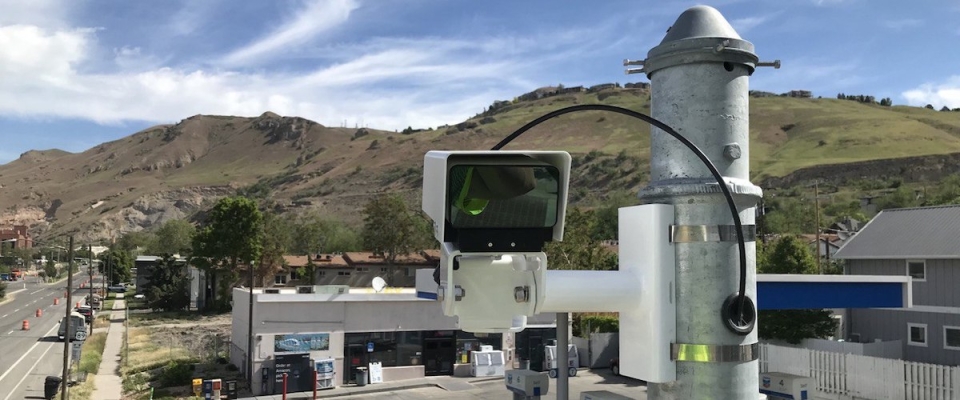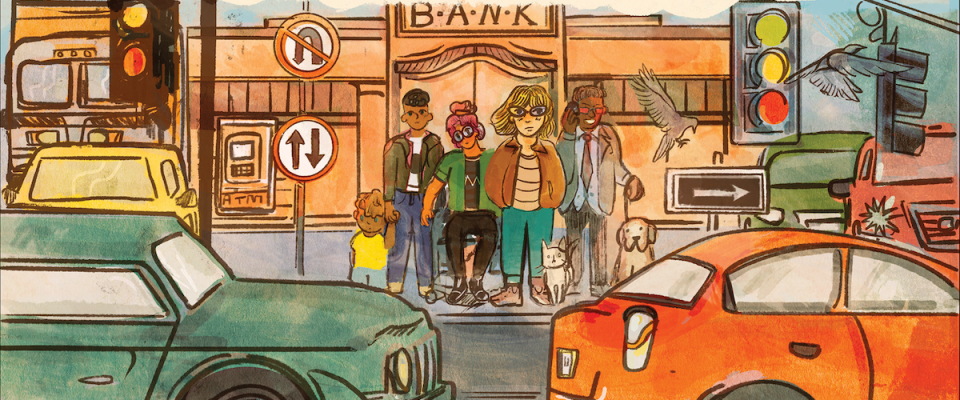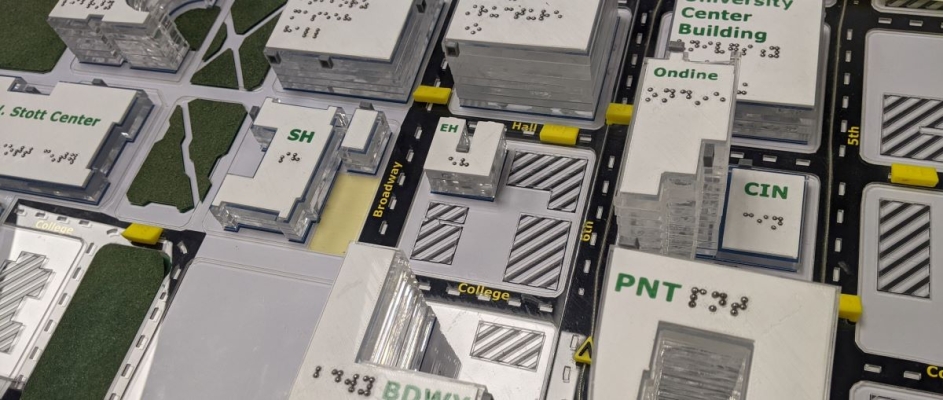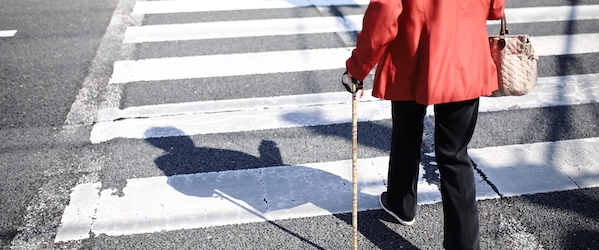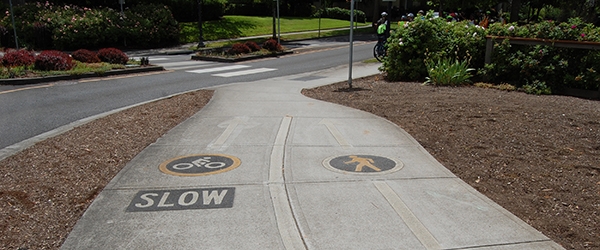When Kyu Ri Kim was seven years old, she was struck by a car while walking in her neighborhood where there was no separate walkway for pedestrians in Seoul, South Korea.
Kim, who is now an adjunct research associate at Portland State University (PSU), received nerve damage in her legs and had to use a wheelchair for several days after the incident. This experience launched her interest in pedestrian safety, which eventually led to her 2024 doctoral dissertation research project: "The Central Role of Perceived Safety in Connecting Crash Risk Factors and Walking Behavior."
"That was the real starting point, my personal experience. And I'm curious whether other people really do understand the real risk around them. What are the crash risk factors around them and how are they different from individual perceived risk?" Kim said.
Her dissertation, supported by funding from the National Institute for Transportation and Communities (NITC), illuminates the relationship between pedestrian crash risk factors and perceived safety, as well as the relationship between safety attitudes and walking behavior. How the interplay between these factors influences people's behavior...
Read more

